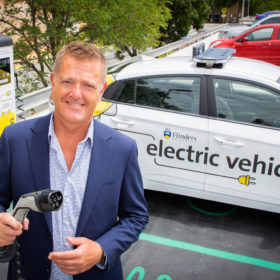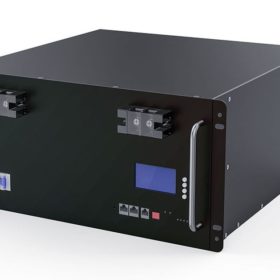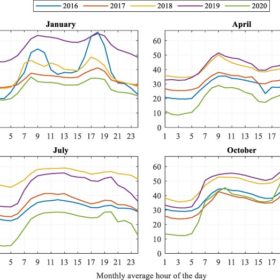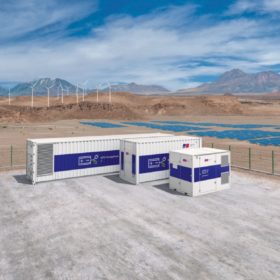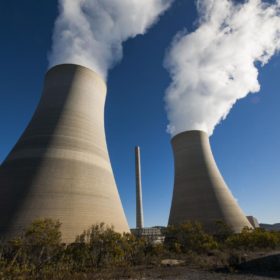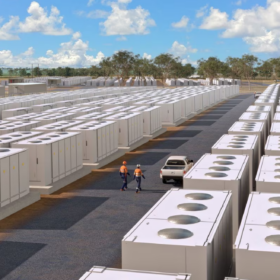New V2G chargers progress Flinders University’s ‘virtual battery’ vision
South Australia’s Flinders University has installed 20 vehicle-to-grid (V2G) chargers to fully utilise the battery capacity of its growing electric vehicle fleet. It plans to use the distributed EV fleet to supply power to the campus grid in the evening. The initiative is supported by $350,000 (USD 220,000) of funding from the state government.
Indian manufacturer unveils battery with solar storage
India’s Natural Battery Technologies has developed lithium-based battery inverters that can be charged with solar power. The batteries are designed for residential and commercial use, with storage capacities typically ranging from 1.5 kWh to 20 kWh.
Longi unwraps reasons behind green hydrogen shift
In recent years, Longi has turned its attention to green hydrogen. Li Zhenguo, company founder and CEO, speaks with Vincent Shaw in Shanghai about the strategic shift and how coupling this technology with solar PV will be key to achieving carbon neutrality.
ACAP lands $45 million to kick renewable energy transformation into gear
The Australian Centre for Advanced Photovoltaics will receive up to $45 million in federal funding over the next eight years as it seeks to develop the next generation of efficient and ultra low-cost solar technologies.
Debunking myths about PV system orientation, dimensioning
New research from Lappeenranta University of Technology shows that there is no single correct orientation for a PV installation.
Desert Knowledge solar centre adds large-scale battery
The Northern Territory’s Desert Knowledge Australia Solar Centre will soon play host to a large-scale battery energy storage system which is expected to facilitate the transformation of the multi-technology solar testing facility into a local microgrid.
AEMO to restore national energy market
The market operator today announced a “staged” return to the national energy market’s normal operations as 4000 MW of generation capacity comes back into operation.
Qantas partners with Airbus on sustainable fuels, Aviation H2 acquires hydrogen test engines
In aviation news, Qantas has announced a partnership with Airbus to invest up to $285 million to establish a sustainable aviation fuel industry in Australia. Meanwhile, startup Aviation H2 says it is in the process of acquiring test engines it will modify to run on hydrogen, which are due to arrive in the next five weeks.
Recycling process promises ‘better than new’ silicon wafers
Scientists in China have developed a new recycling process for PV modules that can recover intact silicon cells from end-of-life products, and process them back into wafers. As part of the recycling process, the wafers are purified and surface-treated, making them suitable for integration into new, high-efficiency cells and modules.
Energy board releases capacity market design, advocates fossil fuel inclusion despite criticism
Under renewed urges from ministers to expedite market reforms, the Energy Security Board has today released a ‘high-level’ design paper for its capacity mechanism proposal, through which the agency hopes to prevent a disorderly energy transition.
